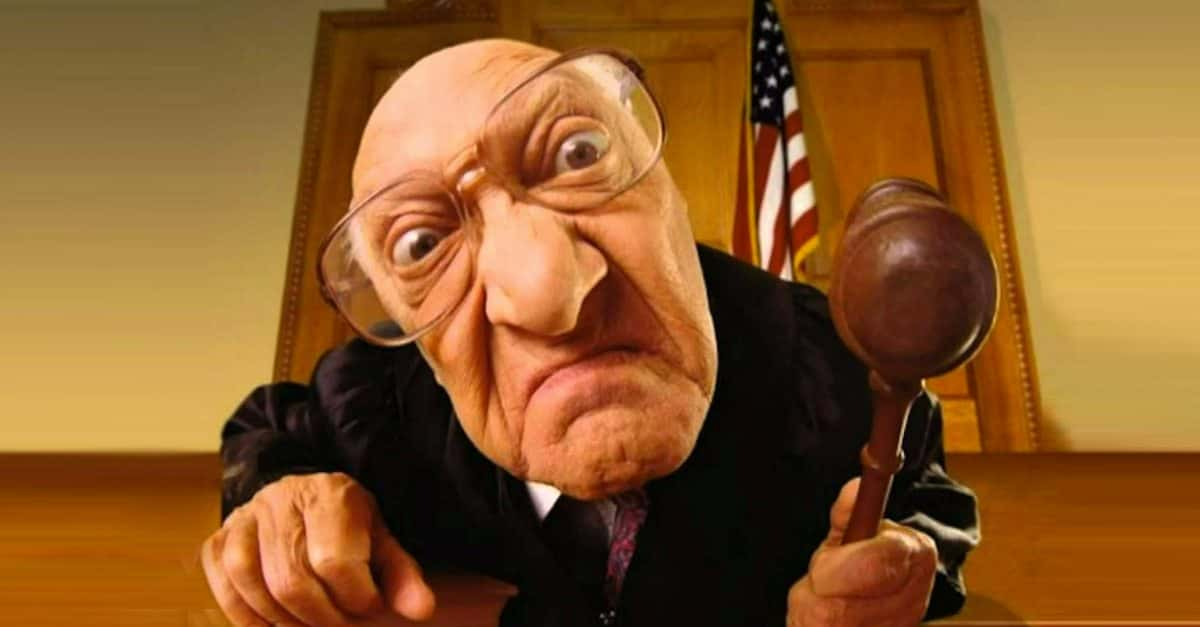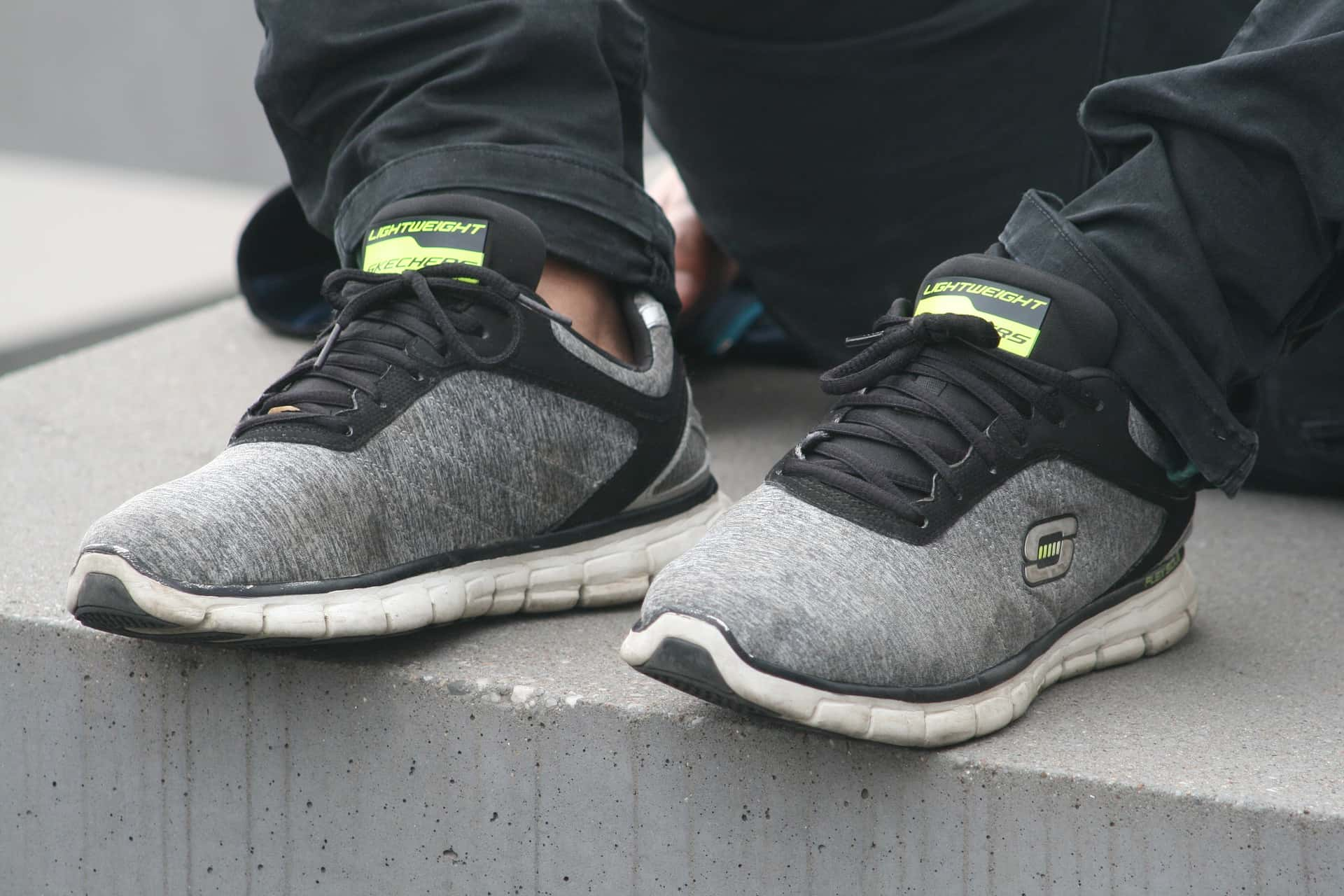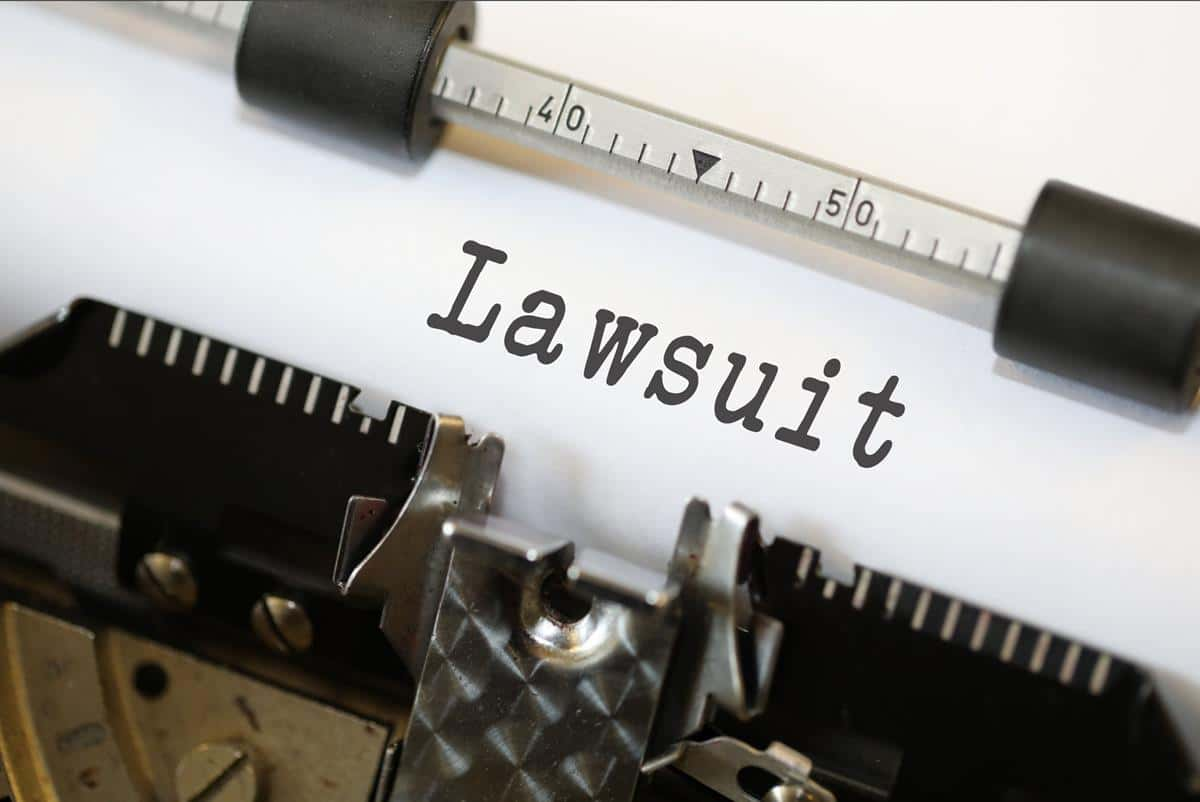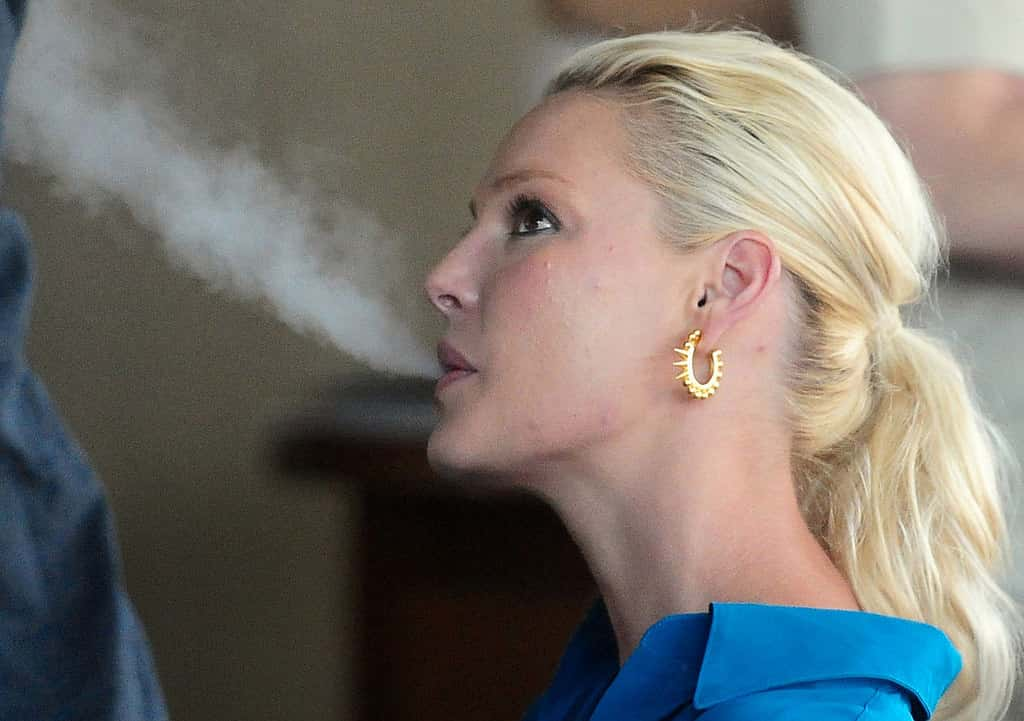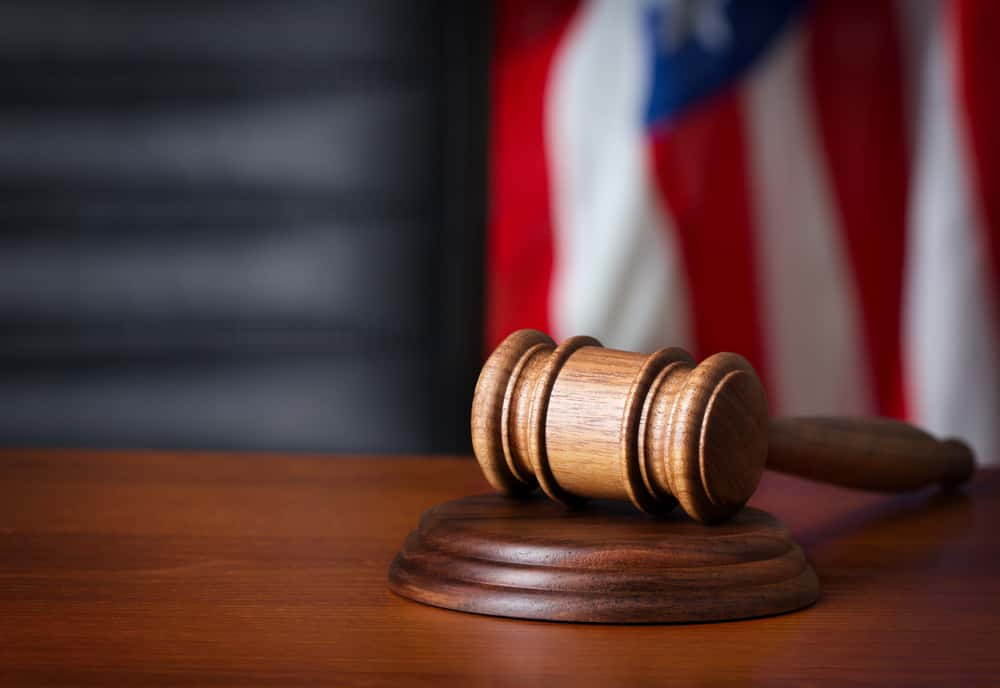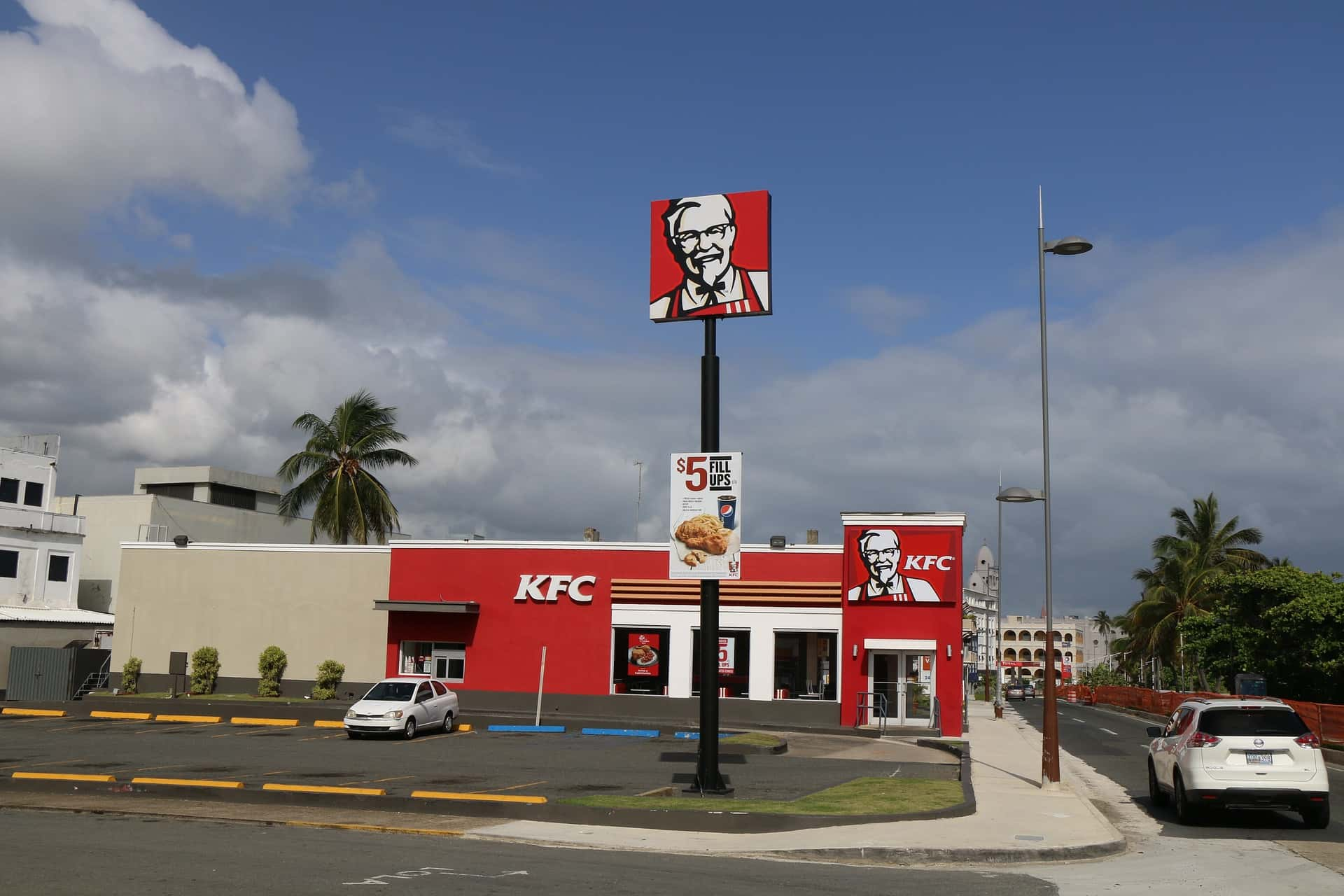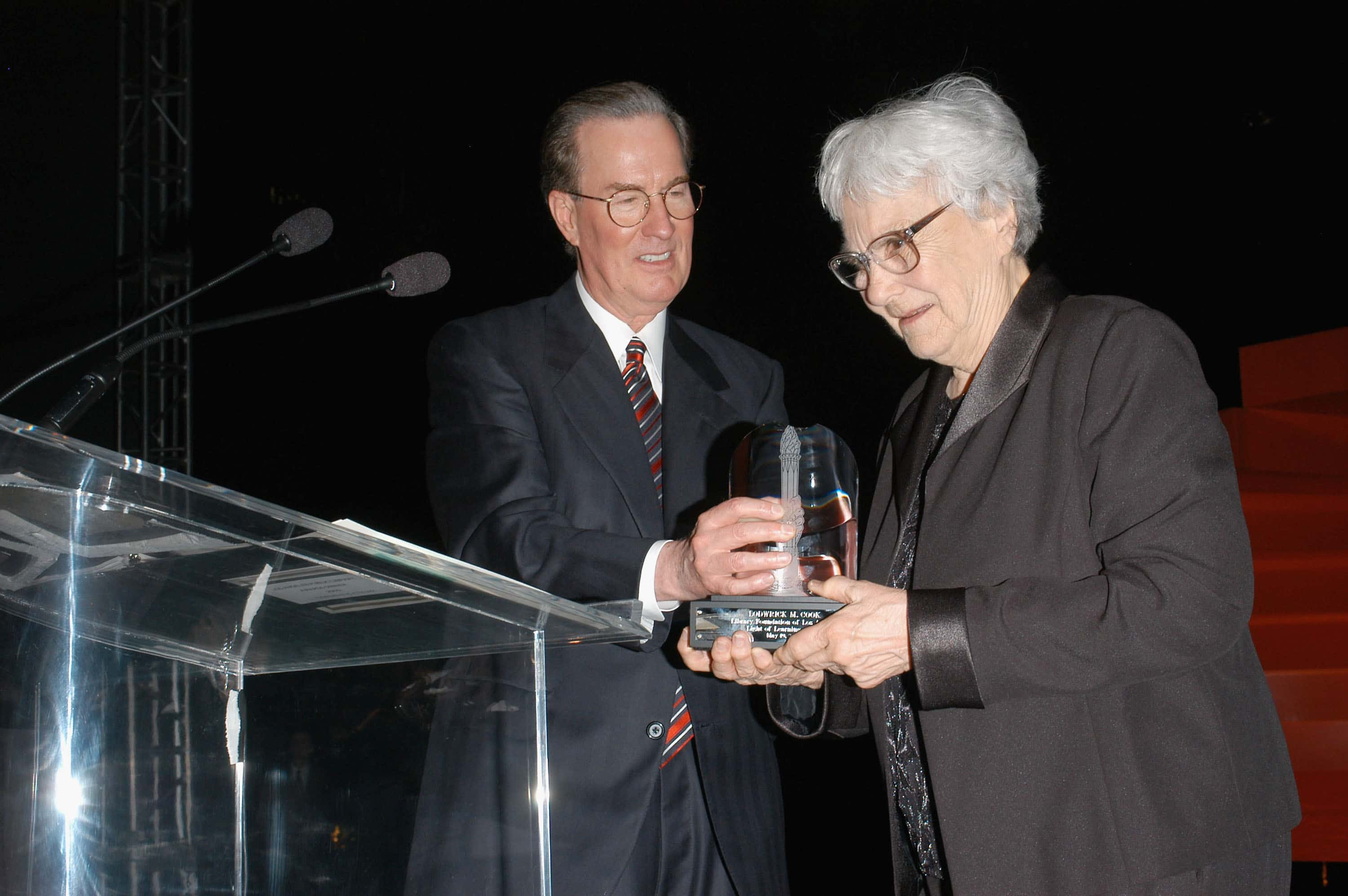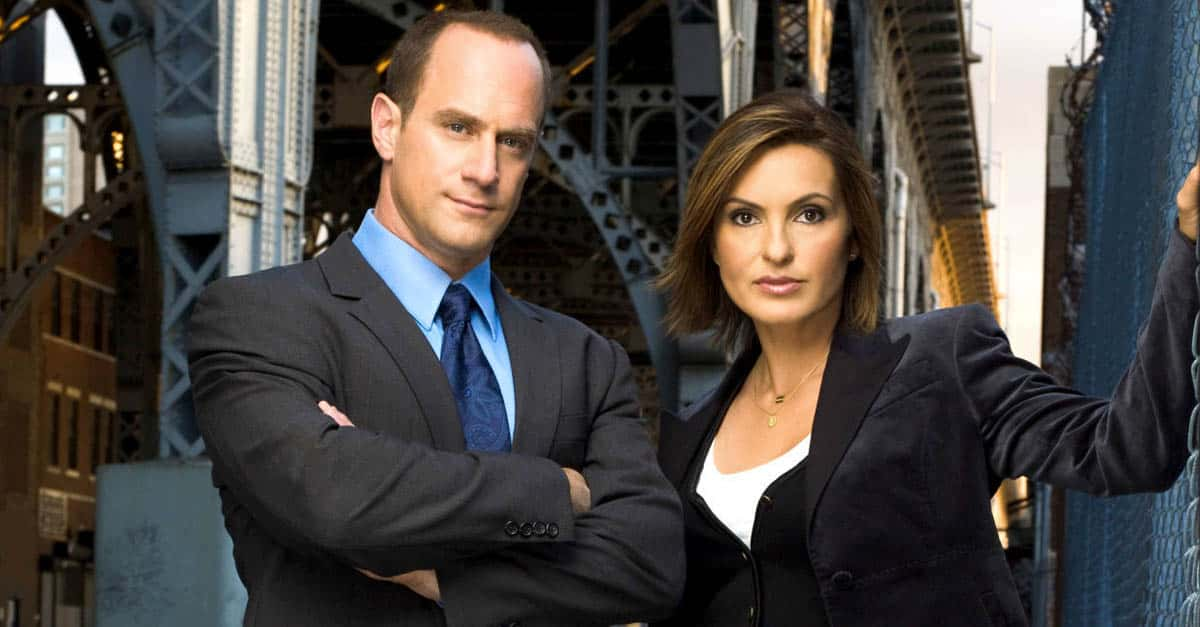"The only people who benefit from lawsuits are lawyers. I think we made a couple of them rich." - Gavin Rossdale
A lawsuit is a civil action brought to court by a party known as the plaintiff, who claims to have suffered a loss as a result of the defendant’s actions. The Plaintiff demands a legal or equitable remedy such as money or goods, or for the defendant to be compelled to or prevented from performing a certain act.
Most lawsuits are settled before ever reaching trial, but throughout modern history, there have been some high-profile cases that have captured the public’s interest.
Below are 44 astounding facts about major law-suits.
Lawsuits Facts
44. Love Does Have a Price!
Australian Media Mogul Rupert Murdoch gave a massive amount of money to his second wife in their divorce. The divorce cost him $1.7 billion dollars, with $110 Million of that being paid out in cash. The sum reflected Murdoch’s vast personal wealth, and considering the timing of his next marriage, his ex-wife likely had ample cause.
43.Technical Difficulties
In 1999, David and Ann Dye died in a terrible plane crash. It was originally chalked up to pilot error, but further investigation by the couple’s legal team proved that the engine manufacturers Teledyne Inc. were responsible. They ended up paying the estate $26 Million Dollars.
42. Pocket Change
Goldman Sachs was ordered to pay $550 Million dollars by the Securities and Exchange Commission for their part in the Subprime Mortgage Crisis between 2007-2010 which led to the recent U.S. recession. Despite being the largest payment ever ordered by the SEC, it was essentially pocket change for the firm, and there were no long-term effects.
41. Sneakers Not as Advertised
For a brief period in 2009, Footwear company Sketchers tried to convince the public that their “Shape Up” sneakers would help people burn more calories and build more muscle tone just by walking. Overwhelming scientific evidence proved that the claims were false, and the Federal Trade Commission took the company to court. The company failed to disclose that the Chiropractor in the ad was married to a Sketchers marketing exec, and they settled out of court for $40 million-dollars.
40. They Should Have Mentioned That
Pharmaceutical company GlaxoSmithKline agreed to pay $3 Billion Dollars U.S. in criminal and civil fines related to the sale and marketing of their anti-depressants Paxil and Wellbutrin, and the diabetes drug Avandia. They admitted to misbranding the anti-depressants and marketing them for unapproved purposes. They also admitted to not providing the U.S. Food and Drug Administration with proper safety information about their diabetes drug. The case marked the largest Healthcare Fraud settlement in U.S. history.
39. Red-Lining
In Dec 2011, the Department of Justice charged Countrywide Financial Corporation with civil rights violations for a tactic known as “red-lining”. The company had charged 200,000 black and Hispanic home owners a higher rate than white home-buyers as part of an effort to keep these minorities from bringing down property values in “white areas”. They also found that many of the home-buyers had been steered into the sub-prime mortgage market, even when their credit and financial profiles were the same as white buyers. The company agreed to pay a $335 million-dollar settlement to the affected families, and were federally mandated to implement new policies that would guard against future violations.
38. Bosses Behaving Badly
An employee of rent-to-own franchise Aaron’s repeatedly phoned the company’s sexual harassment line to report her manager’s harassment of her, but received zero support or communication from the company’s national office. Shortly after reporting him, she was assaulted by her manager in an incident that was allegedly "close to rape." Realizing that the company would never investigate on their own, she filed a lawsuit against Aaron’s Inc. The jury awarded her $95 million dollars, which she planned to contribute to women’s shelters, sexual-abuse counselling centers, and legal funds to help other women fighting sexual harassment.
37. A Major Loss
In the 1997 case Molinaro vs Harley Davidson, the plaintiff claimed that he was sold a motorcycle with a defective throttle, and consequently suffered injuries which included a “permanent loss of sexual function”. Six years after the initial accident, the company agreed to pay Molinaro $9.9 million dollars.
36. The Tobacco Master Settlement
In 1998, the Attorney Generals of 46 States brought suit against the four largest U.S. Tobacco companies in an effort to recover the costs of caring for lifelong smokers, and to punish Big Tobacco for deliberately misleading advertising, and unethical business practices. The final judgement was for $206 Billion Dollars to be paid out over 25 years. The settlement provided funds for hospitals to take care of ill smokers, and established the anti-smoking advocacy group “American Legacy Foundation”. It also imposed restrictions on the way that cigarette manufacturers can sell and market cigarettes.

History's most fascinating stories and darkest secrets, delivered to your inbox daily.
35. Burn- Literally!
The McDonalds coffee case was considered by many to be a frivolous lawsuit, but it turned out that the plaintiff- a 79-year-old woman from New Mexico had some legitimate grounds. McDonalds required franchisees to hold coffee at 180-190 Degrees Fahrenheit- a temperature that could cause 3rd degree burns in 2-7 seconds, and was much higher than many other establishments. The woman wanted to settle with McDonalds for $20,000 to cover her medical expenses from the burns, but when they countered with an offer of $800 dollars she hired an attorney and was awarded $160,000 in compensation, and 2.7 Million in punitive damages.
34. Money Not Used Properly
In the 1960s, a wealthy family made a significant monetary contribution to Princeton University, but felt that it wasn’t used for the right purpose, or controlled as the family had desired it. They decided to sue the University with the intention of changing the way they used the money. The settlement was for $7 million-dollars, and Princeton was ordered to change the way the money was used for the foundation.
33. Equal Pay & Equal Opportunity
The 2006 lawsuit against Bank of America, (which was a subsidiary of Meryl Lynch) accused of discriminating between White and African-American Employees. According to the claim, the African American employees were not getting equal pay or equal opportunity for advancement as their White colleagues, despite having the same skills. The company paid $160 million to over 700 African American Employees named in the suit.
32. A Financial Scam
The Enron Financial Scam is considered to be among the largest securities litigation in the history of the U.S. When Enron Trading Company got involved in a financial scandal and went bankrupt in 2001, investors and shareholders suffered heavy losses. The litigation went on for almost 6 years, and in the end, shareholders received $7.2 billion as part of the settlement.
31. Not Worth the Legal Fees
The lawsuit between Equitable Life and their former auditors Ernst & Young was the U.K’s most expensive lawsuit. They claimed that the auditors were negligent in not determining deficiencies in some of their accounts, and as a result, suffered 1.7 Billion pounds ($2.4 Billion U.S.) in losses. After determining that their legal fees would reach 100 million pounds ($144 Million U.S.), they decided to drop the lawsuit.
30. Smartphone Patent Wars
Apple and Samsung have been involved in lawsuits against each other for allegedly copying each other’s designs and technology since 2011. By July 2012, the two companies were involved in more than 50 lawsuits globally, with billions of dollars claimed between them. In 2016, the U.S. Court of Appeals for the Federal Circuit awarded Apple $120 million for copying their slide-to-unlock patent.
 Wikimedia Commons, Maurizio Pesce
Wikimedia Commons, Maurizio Pesce
29. Bogus Bordeaux
Bond-investor Jeffery Gundlach sued a California wine merchant for allegedly selling him several dozen bottles of fake wine. He claimed that over 67 of the bottles that he purchased from Soutirage were fake, and the cost to replace them would be over a million dollars.
28. Chemicals in the Water
The Julia Roberts movie Erin Brokvich brought attention to the class-action suit against Pacific Gas and Electric, who were accused of being aware that harmful chemicals used in production were seeping into the ground and contaminating the drinking water in Hinkley, California. In 1996, the court ruled in favor of the Hinkely residents, and awarded them $295 million to be paid to 1100 people.
27. Harassment in the Mines
Lois Jenson was one of the first female employees hired by Eveleth Iron mine, and in the class-action suit against the company, she alleged that she and her female co-workers suffered horrible sexual harassment from the men in the mine. The harassment was so bad, that she and another woman were diagnosed with PTSD. It took calls to more than 50 lawyers before Jenson found one to take the case, and it was the first sexual harassment suit to reach class-action status. In 1998, they settled with Eveleth for 3.3 million dollars.
26. Watch the Water
In 1982 the citizens of Woburn, Mass. Brought suit against W.R. Grace & Co. (Owner of the Cryovac food-packaging plant) claiming that they had contaminated the water supply with carcinogens. Seven of the Plaintiff’s children developed Leukemia, five of whom died from the disease. In 1986 they reached an $8 million-dollar settlement out of court, including money for the five other families who had filed a separate law suit for different health issues.
25. Damaging Diet Pills
Fen-Phen diet pills were removed from the market because of heart valve damage related to its use in 1997, and not long after, users filed a class-action suit against the company. Drug-maker Wyeth settled the case for $3.75 Billion in 2000, and spent 16.6 billion settling 70,000 individual suits.
24. Purchases Gone Public
In 2007, Facebook launched a new advertising program, Beacon, which would allow the broadcast of purchase and consumer information among retailers, Facebook, and Facebook friends. When Beacon spoiled a man’s marriage proposal plans by making his engagement ring purchase from Overstock.com public, users sued Facebook for invasion of privacy. The site settled by establishing a privacy foundation for $9.5 million and discontinuing Beacon.
23. But Who Owns Their Songs?
When Creedence Clearwater Revival broke up in 1972, lead singer-songwriter John Fogerty became estranged from the rest of the band, and he entered into a long-drawn out fight with his label Fantasy Records over song writing ownership. Fogerty believed that the recording contract was unrealistic with its requirement that they write 50 songs a year. As the sole songwriter, he couldn’t meet that demand, and he was forced to sign away the rights to his hit records to get out of it.
22. Accused of Plagiarizing Himself
After getting out of his contract with Fantasy, Fogerty recorded a single called “Old Man Down the Road”, and ended up getting sued by the label for copyright infringement. They felt that the song sounded too much like a CCR hit, which they of course, owned the rights to. The case went to the Supreme Court, and Fogerty was able to prove that the two songs were different. The case was dropped, and Fantasy had to pay Fogerty $1 Million-dollars in legal expenses.
21. Battling Burger Chains
Jack in the Box and Carl’s Jr. are rival American hamburger chains, and there’s no love lost between them. Carl’s Jr. believed that Jack in the Box’s TV ads for their new Sirloin burger created the misleading impression that their burgers were a better quality of meat. Jack in the Box claimed that the commercial was simply meant to be funny, and never referenced Carl's Jr by name. The court agreed, and the commercials stayed on the air.
20. PETA’s No Joke!
In 1995, a man bought the domain name PETA.ORG and used it to create a website parodying PETA with the name “People Eating Tasty Animals”. The site contained links to beef recipes, butchers, leather shops, taxidermists, and hunting magazine, and was thus sued by PETA. The judge sided with PETA and the creator was then ordered to turn the domain name over to the real PETA group.
19. Taking on a Teenager
Mike Rowe was 17-years-old when he set up his own website. Just for fun, he added the word “soft” to the end of his domain name, making the name “MikeRoweSoft.com”. Microsoft found out about it and sued him for Trademark infringement, demanding that he turn over the name. Rowe went to the press, and quickly became an Internet hero. The attention turned into a PR disaster for Microsoft, and they offered him a sweet settlement. In exchange for turning over his domain name, they paid all of his expenses, set up a new website for him, payed for a Microsoft Certification course, brought him and his family to Techfest at their head office, and gave him an Xbox loaded with games.
18. No Free Advertising Here!
When Actress Katherine Heigel was photographed leaving a Duane Read Drugstore with shopping bags, the store couldn’t resist tweeting the picture. Heigl promptly sued the drug store for $6 million dollars, alleging that the store was using her image for advertising purposes without her knowledge. A judge sided with Heigl, and the store ended up making a large donation to her animal rights foundation.
17. Whole Oats vs. Haulin’ Oats
Brooklyn based granola company Early Bird found itself in hot water with the launch of its new cereal “Haulin’ Oats”. It turns out that Daryl Hall and John Oats own the federal trademark for Hall and Oates and Haulin’ Oats. The band sought damages, and insisted that Early Bird change the name. They refused, and the case is currently before the courts.
16. The Fight Against School Segregation
Brown v. Board of Education was a landmark case for Civil Rights. In 1954, Oliver Brown sued the Kansas Board of Education for violating his 14th amendment right to equal protection with segregation. He argued that the existence of “white” and “black” schools meant there was a difference in the education each received, and unless it changed, equality was impossible. The Supreme Court sided with Brown and declared segregation unconstitutional.
15. A War-Inciting Judgement
Dred Scott was a slave purchased in Missouri, but his owners moved to states where slavery was prohibited. Scott was rented out several times by his owners, and when they returned to Missouri, Scott sued on the grounds that he should be considered a free man because he’d lived in free states. The court ruled that slaves were not citizens and couldn’t bring a case to court. They also ruled that slaves were property, and could not be taken away from the owners without due cause. This 1857 landmark case was one of the factors that led to the Civil War.
14. When State and Federal Laws Collide
In 1824, Thomas Gibbons sued Aaron Ogden for use of the waterways which is steamship company monopolized. Gibbons was granted use of the waterways by a federal coasting license, but state law granted its use to Ogden. The court ruled in Gibbons’ favor, deciding that federal clauses should always take precedence over state laws.
13. You Have the Right to an Attorney
After being suspected of burglary and arrested, Clarence Earl was forced to defend himself because he couldn’t afford an attorney and the judge refused to appoint him one. In 1961, he was sentenced to state prison, and sued the state for violating his rights. The court sided with him, and ruled that the 6th amendment requires courts to appoint an attorney if the defendant can’t afford one.
12. Miranda Rights
In 1966, Ernesto Miranda won his lawsuit against the State of Arizona because the arresting officers did not tell him that he had a right not to incriminate himself (remain silent), or that he could have an attorney appointed if he couldn’t afford one. The court ruling resulted in what’s now known as “Miranda Rights”.
11. A Woman’s Right to Privacy
Jane Roe made history when she sued Dallas District Attorney Henry Wade, challenging the constitutionality of the Texas law that criminalized abortion. The court decided for Roe, arguing that a woman has a right to privacy, and to make her own decision. States can however regulate abortion according to the pregnancy’s trimester.
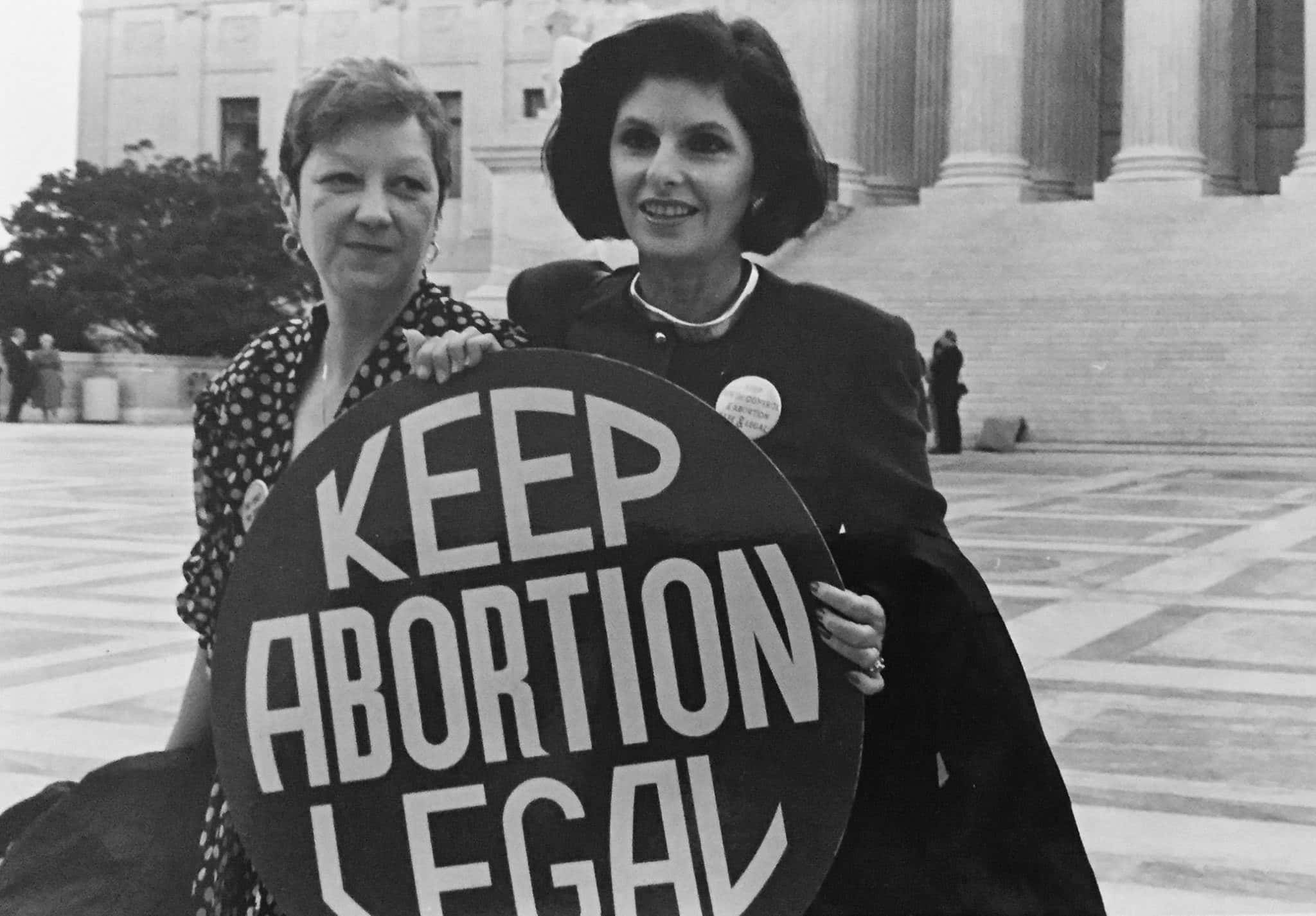 Wikimedia Commons, Lorie Shaull
Wikimedia Commons, Lorie Shaull
10. Obama Hope
The Obama Hope poster was the iconic image of the 2008 election, but the Associated Press claimed that the artist created the image by stenciling an unlicensed AP photo of Obama. Fairey filed a lawsuit with the AP claiming that he used a different image, but later changed his story, saying he had used the image, but it was protected under fair use. Fairy was later sentenced to 300 hrs of community service and had to pay a fine of $25,000 for destroying and fabricating documents during the lawsuit.
9. A String of Puppies
Artist Jeff Koons debuted a collection of sculptures in 1988 that focused on the ordinariness of everyday life. One of those sculptures called “A String of Puppies” featured a man and a woman holding eight German Shepherd puppies. Photographer Art Rogers sued Koons, claiming that the sculpture closely resembled his photograph “Puppies”. The court found in favour of Rogers, rejecting Koons’ argument that the sculpture was a parody of the postcard and not a copy.
8. Protest is Free Speech
In 1969, students at a public school in Iowa organized a silent protest against the Vietnam war by wearing black armbands to school. The principal found out, and threatened the students with suspension if they wore the armbands. The students went ahead and were ultimately suspended. The Tinker family decided to sue the Des Moines school board on the grounds that their children’s right to free speech was violated. The case went all the way to the Supreme Court, and they ruled in favor of the Tinkers stating that “students do not shed their constitutional rights at the schoolhouse gates.”
7. Editing is Extra
In 2012, three authors sued print-on-demand vanity press PublishAmerica, claiming that they had misrepresented themselves as a traditional publisher. In addition, they claimed that the books were full of errors that the publisher would only correct if they paid out of pocket.
6. Finger-Licking Lawsuits
Two separate lawsuits totalling $10 million dollars have been filed at the same KFC location in Texas, accusing a manager and other employees of sexually assaulting underage women. One of the suits alleges that a 16-year-old girl was sexually assaulted more than 50 times between 2013-2014, and the age of consent is 17. The other suit was filed on behalf of another 16-year-old employee who is accusing the manager of sexual misconduct.
5. Too Indecent for the Internet
The Communications Decency Act was passed in 1996 in an effort to regulate what’s available on the web, and to keep kids away from the seedier parts of the internet. The act included a provision that threatened criminal prosecution against any site that “knowingly” directed anyone under 18 to sexually explicit and offensive material, but it was struck down in the lawsuit Reno v American Civil Liberties Union. The Supreme Court decision to uphold the Federal ruling that struck down the provision shaped the way the internet is regulated.
4. Protecting Internet Speech
Within a week of the 1995 Oklahoma City Bombings, posts appeared on AOL message boards offering items for sale that were printed with slogans like “Visit Oklahoma ... It’s a BLAST!!!". The posts instructed users to contact Seattle Resident Kenneth M. Zeran, and listed his phone number. The posts were a prank, but they went viral after an Oklahoma radio DJ encouraged listeners to call Zeran and express their outrage. Zeran, who claimed not to know anything about the prank sued the radio station for escalating the prank, and AOL for publishing it in the first place. Zeran lost and this was considered a major precedent for websites hosting user generated content.
3. Religious Bigotry
In 1925, the state of Oregon implemented a law that required all children between 8-16 to attend public school. The Lawsuit claimed that it was an attempt by the state to destroy Catholic Schools, and that the law was religious bigotry. The court ruled in favor of the Plaintiff, stating that states can’t force children to go to public school if it violates their sincerely-held religious beliefs.
2. Salute the Flag
In 1942, the West Virginia Board of Education adopted a regulation that required all teachers and students to salute the American flag in school. On the orders of their father, two students who were Jehovah’s Witnesses refused to salute the flag or recite the pledge and were subsequently expelled. The family sued the School Board and won, with the court ruling that compelling students to salute the flag was unconstitutional.
1. No Reason Not to Try
Harper Lee, author of the famous novel To Kill a Mockingbird sued her literary agent Samuel Pinkus, claiming that she was duped into signing over her novel’s copyright after suffering from a stroke in 2007. She regained the rights in 2012, and went on to sue Pinkus for the royalties he had continued collecting.

